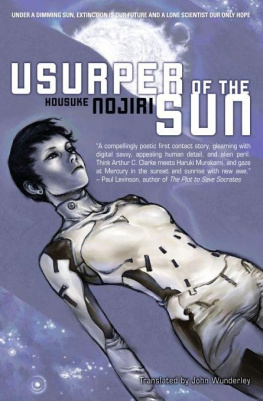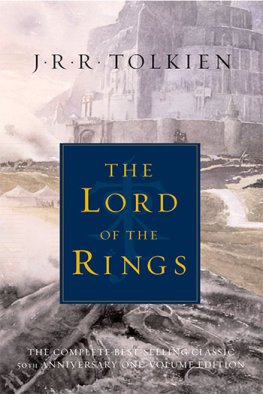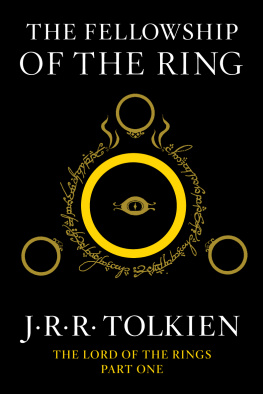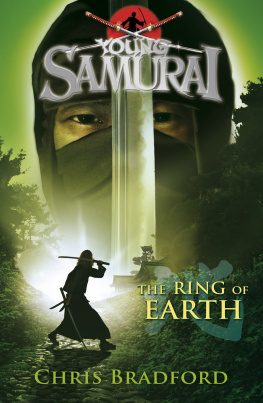

Usurper of the Sun
2002 Housuke Nojiri
Originally published in Japan by Hayakawa Publishing, Inc.
English translation by John Wunderley
Cover illustration by Katsuya Terada
English translation VIZ Media, LLC
No portion of this book may be reproduced or transmitted in any form or by any means
without written permission from the copyright holders.
HAIKASORU
Published by
VIZ Media, LLC
295 Bay Street
San Francisco, CA 94133
www.haikasoru.com
ISBN 978-1-4215-3988-1
Haikasoru eBook edition, October 2010
CONTENTS

AT DUSK, THE third day of the third month, in the fifty-seventh year of the Empire of the Great Ming, a farmer entered a teahouse. Every year, on this auspicious day, villagers harvested shepherds purse, a weed of the cruciferous order. Setting down his woven bamboo basket, the farmer offered a bundle of the white flowers to Zngyuan, the teahouses proprietor. Drying the grass in the shade and placing the shepherds purse next to a lantern distracted moths because the moths would feed on the grass instead of entering the flame. In traditional medicine, the weed was added to formulas to treat blurry vision and spots that floated before the eyes.
The farmer described a new star to Zngyuan. He stated that the star had appeared next to Shen Xi, the asterism of three stars that eventually became known to the West as Orions belt. Surprised, Zngyuan followed the farmer out into the street. The stars shined dimly through the sand-filled air, with the last vestiges of sunset glowing crimson along the western horizon. Despite the dusty air, Shn Xi was clearly visible in the southern sky.
Where the farmer pointed, next to the three stars, Zngyuan saw a faint light. The farmer said that he knew the night sky as well as shepherds knew their sheep and insisted that the barely visible star had not been there the previous night. Zngyuan returned to his house. With his record book and inkstone, he wrote, 1424: Guest star appeared next to Shn Xi. Below his note, he drew a rough map to indicate the location of the celestial body.
Later that season, standing in his garden, Zngyuan located Shn Xi, slightly west of where it had been. The guest star was still next to Orions belt. The star remained visible whenever Zngyuan checked. Eventually, he grew old and his eyes no longer worked.
Fourteen years after the original sighting, the farmer returned to the teahouse and told Zngyuan that the star had disappeared. Wetting the inkstone, wondering how legible his entry would be, Zngyuan wrote, 1438: Guest star no longer next to Shn Xi.
THE SUN IS often studied by high school astronomy clubs, partially because it is usually the only celestial body easily observable during the day. In terms of astronomical distance, the sun is nearby. Every once in a while, other celestial visitors appear and make the days light show more interesting.
Aki Shiraishi was getting ready to stare at the sun. She was excited this particular morning because Mercury did not normally get much attention. Mercury was considered uninspiring by some astronomers because its craters are less attention-grabbing than atmospheres or volcanoes. The swift planet once posed the question of how its center of gravity wobbled gyroscopically as it orbited the sun. Mercury travels elliptically as it passes through the sky, but Albert Einstein solved that mystery by explaining general relativity and the Mercurial perihelion shift about a hundred years ago.
On this particular day, the only people bothering to watch the Mercurial eclipse were amateur astronomers. Tons of them, from high school kids to citizens in their backyards with binoculars, were ready to record their observations and upload them to the Internet. There were contests and prizes to be awarded for the most accurate measurements, and Aki Shiraishi, even though she was only a high school junior, wanted to win very badly. Her schools astronomy club could not afford a digital camera to record the eclipse. Her club needed money for something better. Aki wanted to rectify the situation. A good camera could have them all watching the eclipse instead of sharing one eyepiece.
Hoping she could get accurate results with their inferior telescope, she pushed on the doors that opened the slit in the buildings domed roof. Waiting for the planet to come into view, Aki felt the warm air of the clear summer sky.
Can you give me a hand? she asked a junior club member she was training.
Sure.
Just her luck, the doors were not opening all the way. With help from a classmate, Aki managed to shove hard enough to get the roofs slit open. Sunlight glared off the reflector telescope that rested in its ancient equatorial mount. Peering into the eyepiece, Aki said, The optical axis is still wrong. Werent you supposed to fix it?
Sorry, I didnt get a chance, apologized the junior club member.
There was just enough time. Aki grabbed a screwdriver and changed the angle of the main mirror. She made the adjustments and got the line of sight to work just as her target came into view. Closing the aperture, she saw the edge of the sun shimmering through the telescopes light-reduction filter. After a minute, a speck of darkness appeared on the suns outer rim.
There it is! she called out. First contact! Record it as 19:12:04 Universal Time. Her friend recorded the time into the clubs PDA.
Aki knew that first contact, when the outer edges of celestial objects first touch, is hard to measure accurately by eye through a telescope. With Mercury about to appear on the face of the sun, Aki strained her eyes in anticipation of second contact.
Tiny, like a poppy seed, Mercurys silhouette was gradually eaten by the edge of the suns brightness. Mercury fully entered the solar sphere, making second contact. The shadow of Mercury morphed into the shape of an elongated bead of liquid, the teardrop effect. The planets do not actually change shape. Astronomers realized a long time ago that the teardrop effect was an optical illusion. Even though Aki had known the illusion was coming and prepared her mind, the teardrop effect still looked strange.
Second con Aki stopped suddenly, forgetting to finish her word.
Whats wrong? asked the club member.
I must be hallucinating. I see this gigantic tower
As crazy as the idea of a gigantic tower on Mercury was, it looked real. Through the telescope, she clearly saw a tower rising from the surface of Mercury. It was unlike anything discussed in astronomy club. Second contact passed. Mercury was swimming inside the boundary of the suns outer rim. There was a long, thin object stretching out from the silhouette of the planet, trailing behind it, looking like a piece of yarn being spun, flailing up from the surface, connecting to the edge of the sun.
Aki rubbed her eyes one at a time so she could keep watching before her turn was over. The object stuck up from near Mercurys equator, extending outward an unfathomable distance three times the diameter of the planet, where the tower gradually faded from view. Aki asked her partner to look to make sure it was not just in her mind.
What in the world? he said, voice cracking.
That was all she needed. It was not illusory. Something bizarre, bigger than anyone could ever build, was protruding from the surface of Mercury. She was not sure whom to tell. She was not even sure she should tell anybody at all.
Next page













